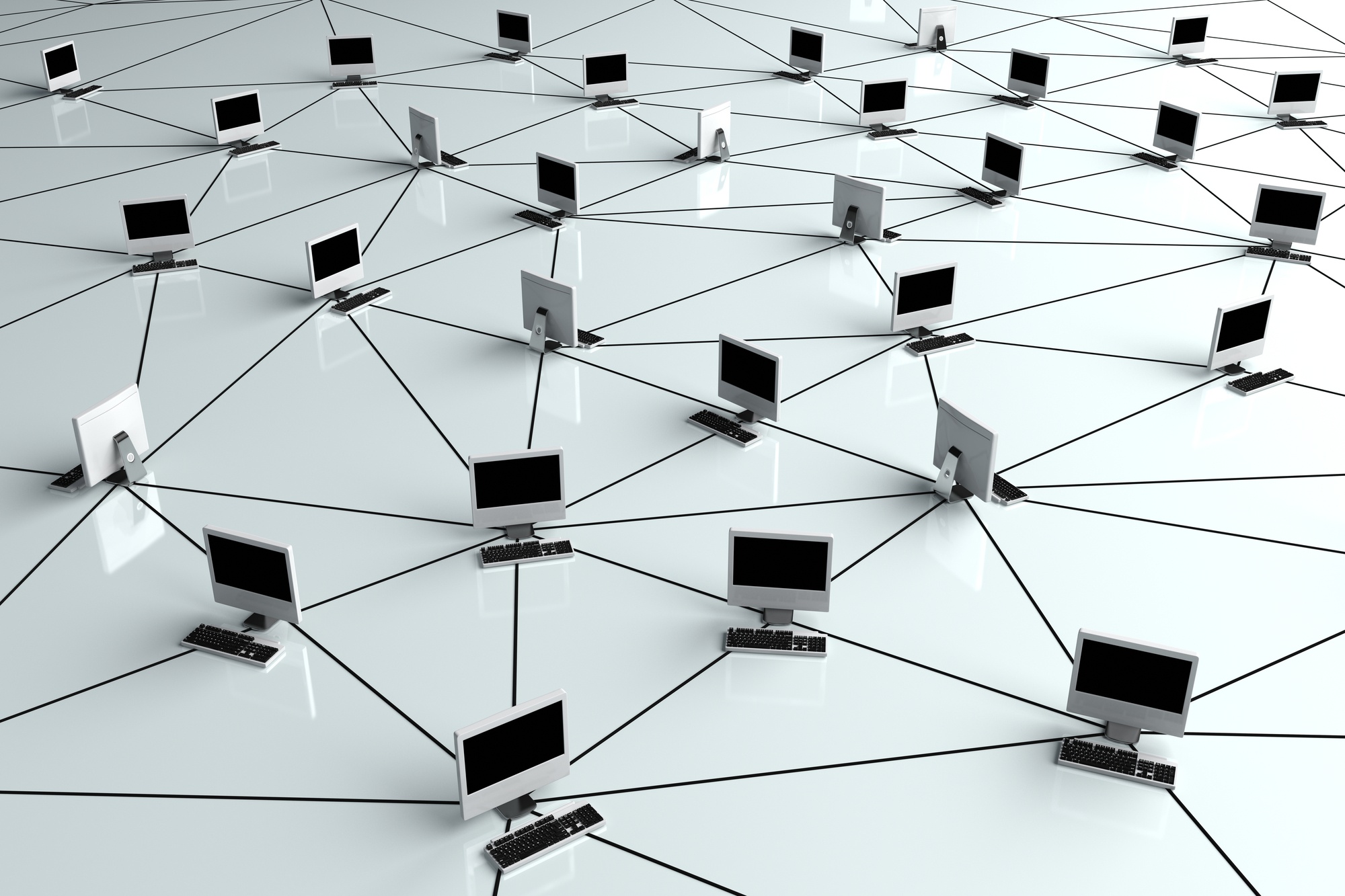
Blog / Network Traffic
Important differences between wired and wireless network traffic.
When it comes to how computers communicate, most people outside of IT don’t understand the process. Sure we’ve all heard of routers and modems and even internet pipes, but who actually knows how those work? And even within the IT world there are many who don’t fully understand, which can be frustrating because frankly the basics aren’t that complicated and are really are worth learning. That’s because wireless networks feature unique behavior when compared to wired ones in how they handle network traffic due to differences in their transmission medium (over the air vs. through fiber-optic filaments). But before we get into the nitty gritty of how the two mediums work, let’s talk a little about how computers transfer data.
Data is sent using “packets,” but what exactly are they?
As you may know, computer’s are built on binary operations; flipping 0s and 1s around to turn things on and off, with the sum of those flips (millions of them per second) resulting in what we usually think of as “computing” again and again every second as they’re in use. That’s a very basic explanation, but should suffice for now.
These binary values are also how computers communicate. When two computers “talk” to each other they do so by gathering up specific sequences of those 1s and 0s into what’s known as a data “packet.” We can think of these packets a little like snail mail; the sequence of 1s and 0s inside is the actual information or letter, while the packet itself is the envelope. Each packet has a strict layout for addressing the pack, much like how when sending physical mail the delivery address is placed front and centre, the return address in an upper corner, and your postage on the other. Of course, there’s a lot of very different information coded onto packets, but again, understanding the general analogy rather than the specifics is key.
What happens when two packets are sent at the same time?
We tend to think of the binary nature of computing as 1s and 0s or on/off switches, but the truth is they’re just tiny electrical signals with different voltage levels. Unfortunately, just like in the macro world, the micro world won’t let two objects, signal or otherwise, occupy the same space. When multiple packets are sent at the same time or otherwise interfere with each other, the electrical signal gets scrambled. This is called a packet collision, and it’s easy to detect because part of each packet is devoted to error checking. What exactly happens when two packets collide depend on the packet, its content, and how it was sent, but regardless those packets are discarded and need to be sent again.
So that’s a very basic look at how data transmission works, which means now we have the foundation to talk about the distinctions between wired and wireless communication and learn how different they really are.
How does wired data transmission work?
Network traffic sent through wired connections requires each device along each packet’s path will perform a “handshake” with the next device down the line to establish the data transmission speed, and because the devices are connected by physical wire/cable, they can “listen” to the wire for when packets are being sent or not. The negotiated speed also establishes a shared clock between the devices, with windows for sending packets and listening for them. The wired connection between devices also helps reduce packet collision.
How does wireless data transmission work?
Like wired transmission, wireless communications use packets as well. However, there is no physical connection and depending on how access point are arranged, devices along the route may not all be able to see each other. As a result, wireless devices don’t bother checking for transmissions already in progress and send their data immediately, which usually results in more collisions, more packets needing to be discarded, resent, and then reorganized into their original order (which is one reason wireless speeds tend to be slower than wired connections). Wireless network access points can also only handle a certain number of active devices at the same time, so it uses channels to organize the devices it’s talking to, with the speed of each of those channels throttled to match the slowest connected device.
I’ll stop the explanation here because I don’t want to get too deep into what can be a complicated and technically challenging topic, but these primary differences demonstrate how wired and wireless communications are very different animals, especially when it comes to testing things like speed. It’s a tradeoff between speed and flexibility as wired connections can be incredibly fast but limited by the constraints of their physical wired connections, whereas wireless connections provide a great deal of flexibility for deployment but come with slower connection speeds and other costs. After all and as I’ve said before, computers may be easy to use, but they are incredibly complicated.
If you’d like help determining whether a wired or wireless communications are best suited to handle your business’s network traffic, contact TRINUS today and we’ll be happy to help out with some stress-free IT.
This Shakespeare quote comes from Romeo and Juliet; “Adversity’s sweet milk, philosophy.”
Be kind, courtesy your friendly neighbourhood cyber-man.

















